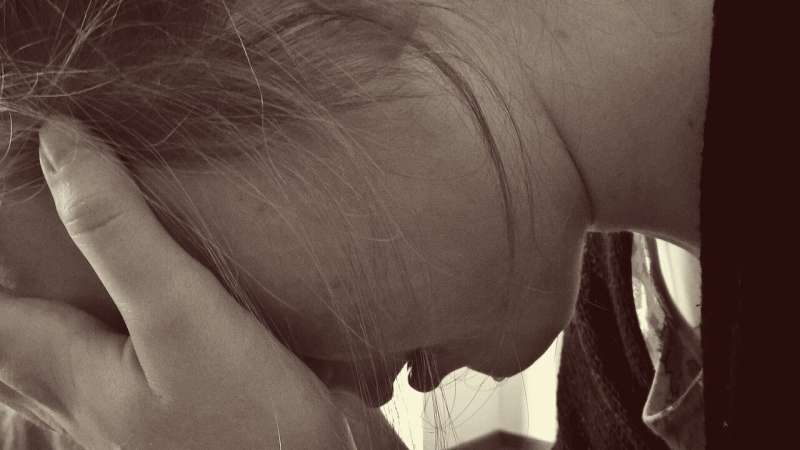Young adults with schizophrenia have highest suicide risk

Adults with schizophrenia have an elevated risk of dying from suicide. Yet there's only limited understanding of when and why people with schizophrenia die of suicide—in part because research studies have looked at relatively small groups of patients.
Now a new study from Columbia that looked at a large population of adults diagnosed with schizophrenia has found the youngest group (18-34) had the highest suicide risk and those aged 65 and older had the lowest. By comparison, in the general U.S. population, younger adults have less risk and older age groups have greater risk.
The Columbia study, published online May 26 in the journal JAMA Psychiatry, also showed that people with schizophrenia, overall, have a 4.5-fold increased risk of dying from suicide, the 10th leading cause of death in the United States.
"When a person with schizophrenia is becoming suicidal, an attempt can happen with little warning," said Mark Olfson, Elizabeth K. Dollard professor of psychiatry at Columbia and co-author of the study. "Often, suicidal behavior in schizophrenia is driven by psychotic processes. This aspect can make it difficult to anticipate and prevent."
The study, which provides a significant amount of data on age and suicide risk, could help suicide prevention efforts for people with schizophrenia. "Knowing more about which age groups and what personal characteristics are linked to higher risk could increase attention and support for the most vulnerable patients," Olfson said.
To conduct their research, the study's authors examined the records of 668,836 people diagnosed with schizophrenia aged 18 years and over.. All were covered by Medicare.
Much is still unknown about why suicide risk in people with schizophrenia declines across the life span, although some risk factors appear to be linked to age.
Young people with schizophrenia are more likely to experience suicidal ideation, suicide attempts, substance use disorders, inpatient mental health admissions, and emergency department visits. These characteristics might help to explain why younger adults with schizophrenia are at greater risk of dying of suicide, Olfson said.
Such factors occur less frequently as individuals age, leading to older males with schizophrenia having a suicide rate similar to older people in the general U.S. population. There also may be a "healthy survivor" bias for the decline in suicide risk with advancing age. This may occur because older people with schizophrenia have survived earlier health risks and those individuals who are most susceptible to suicide may have died at an earlier age.
Other serious psychiatric disorders have high risks of suicide as well. According to Olfson, schizophrenia falls in the middle of diagnoses linked to increased suicide, ranking below mood disorders including major depression and bipolar disorder.
The study's findings underscore the high risk of suicide among young adults with schizophrenia and the need for vigilance by therapists and physicians, especially for that group.
Suicide prevention for all with schizophrenia may be improved, the authors note, by expanding access to the antipsychotic clozapine, treating co-occurring substance use disorders, making early psychosis detection programs more widely available, providing suicide risk screening, and using cognitive behavioral therapy to counter hallucinations and reduce suicidal symptoms.
More information: Mark Olfson et al, Suicide Risk in Medicare Patients With Schizophrenia Across the Life Span, JAMA Psychiatry (2021). DOI: 10.1001/jamapsychiatry.2021.0841



















